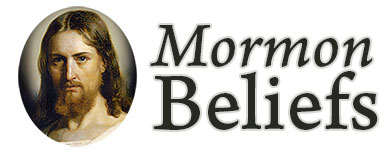In The Church of Jesus Christ of Latter-day Saints, often inadvertently called the “Mormon Church,” when a child reaches the age of eight, he or she may be baptized into the Church. Age eight, among Mormons, is considered to be the “age of accountability” wherein the child can judge right from wrong and understand the process of repentance. Four years later, provided a young man is deemed worthy by church officials at age 12, he may receive the Aaronic Priesthood.
In the LDS Church, there are no paid clergy. The priesthood is held by individual lay members.
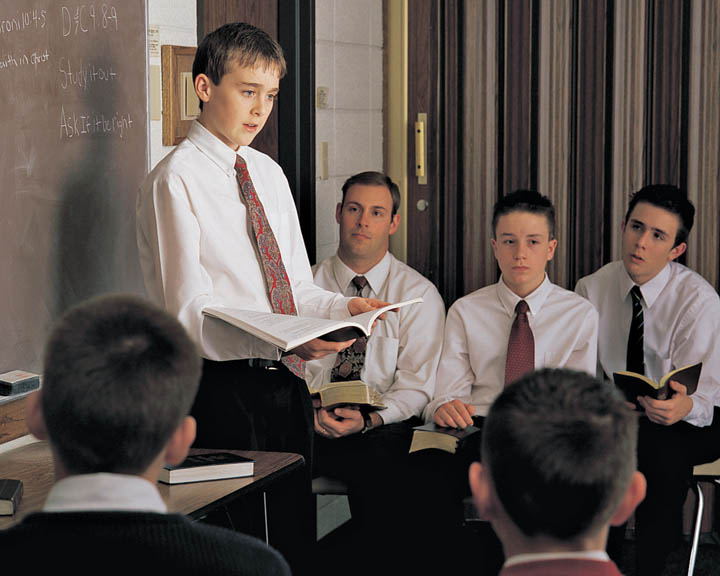 In some respects, initiation into the Aaronic Priesthood is a rite of passage and is it is similar to a Bar Mitzvah (Hebrew: בר מצוה), which occurs at age 13 in the Jewish religion. In Mormon congregations, referred to as branches or wards, it marks the candidate for full participation in the Church and its priesthood auxiliaries.
In some respects, initiation into the Aaronic Priesthood is a rite of passage and is it is similar to a Bar Mitzvah (Hebrew: בר מצוה), which occurs at age 13 in the Jewish religion. In Mormon congregations, referred to as branches or wards, it marks the candidate for full participation in the Church and its priesthood auxiliaries.
After that point, young men become members of a quorum. A quorum is a group of people who hold the same office in the priesthood who meet to learn about the Church, learn about their responsibilities and obligations (duties) in the gospel and to strengthen and join in understanding and faith fellowship.
In smaller church units, sometimes there may only be one quorum and it may include every male who holds either the Aaronic or Melchizedek priesthood. Quorums are divided usually according to age of priesthood holders and office.
At twelve, the young man becomes a Deacon and participates in the Deacon’s Quorum. At 14, he may become Teacher and participate in the Teachers Quorum. At 16, he may become a Priest and participate in the Priests Quorum.
It should be emphasized that the priesthood ordinations are not guaranteed by age, but rather by worthiness and practice.
Sometimes when a new male member is baptized, even if he is a grown man, he may be given the Aaronic Priesthood. The Aaronic Priesthood is an important priesthood, but it is also a preparatory priesthood. This means that it provides training, guidance and opportunity to study and understand future priesthood obligations and the seriousness with which they are to be taken.
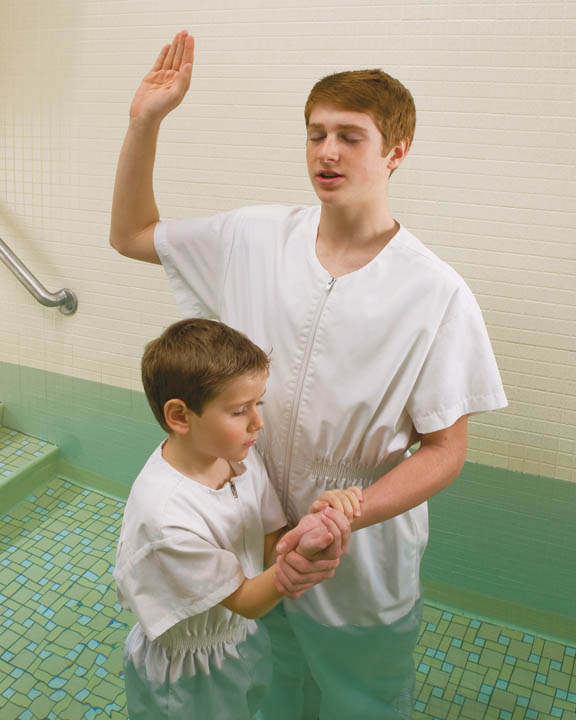 Sometimes the Aaronic priesthood is called a lesser priesthood. It is not because it is a less important priesthood; rather it has less responsibilities and obligations than the Melchizedek Priesthood. As the person progresses in the gospel, he learns his duties, responsibilities and obligations as a representative of God on earth invested with appropriate authority.
Sometimes the Aaronic priesthood is called a lesser priesthood. It is not because it is a less important priesthood; rather it has less responsibilities and obligations than the Melchizedek Priesthood. As the person progresses in the gospel, he learns his duties, responsibilities and obligations as a representative of God on earth invested with appropriate authority.
“The power and authority of the lesser, or Aaronic Priesthood, holds the keys of the ministering of angels, and to administer in outward ordinances, the letter of the gospel, the baptism of repentance for the remission (forgiveness) of sins, agreeable to the covenants and commandments” (Doctrine and Covenants 107:13–14, 20).
Not only do young men of the Aaronic Priesthood experience the power and authority to be agents of the Lord in carrying out their priesthood responsibilities, but they also receive the keys of the ministering of angels.
Faith requires an effort. As a person grows in confidence and learns not only gospel teachings, but learns to apply them in their own lives and the lives of others in a practical way through service and involvement, he is said to be magnifying his priesthood calling. Having the priesthood is a calling. It is not solicited. Priesthood holders are called by God to be priesthood holders. They have a responsibility to God, themselves, their families and others to magnify their priesthood through unselfish, prayerful service.
Action is an essential element in the gospel. The goal is to use this special authority to achieve a measure of commitment and behave worthily and appropriately for a servant of God. We are not required to be perfect, or perfectly pure, but we must be in the process, and headed in the right direction.
 The Aaronic Priesthood falls under the direct supervision of the bishop of each ward or congregation. Deacons, teachers and priests quorums have a presidency, i.e. President and two counselors. Each quorum also has an adult priesthood supervisor. Supervisors are Melchizedek Priesthood holders.
The Aaronic Priesthood falls under the direct supervision of the bishop of each ward or congregation. Deacons, teachers and priests quorums have a presidency, i.e. President and two counselors. Each quorum also has an adult priesthood supervisor. Supervisors are Melchizedek Priesthood holders.
In the Aaronic priesthood allows the young man to grow and spiritually mature and participate in the community of the Church.
Aaronic priesthood duties entail the administration of the Eucharist, although Mormons refer to this as “the sacrament.” It also has the authority to baptize. Anciently this priesthood was referred to as the Levitical priesthood.
The Higher Priesthood, the Melchizedek
In the Mormon Church, there is also another priesthood called the Melchizedek Priesthood. The term Melchizedek comes from the Hebrew, meaning “King of Righteousness” and is (according to the Bible) the priesthood that Christ himself held.
It is usually granted only at the time a young man leaves home to go to college, becomes independent as a head of household, gets married or even chooses to go on a mission for the Church. It is not automatic even if the person is living a righteous life. The primary rank in that priesthood is Elder.
Typically, the person is ordained to the office of Elder around age 18-20 years old if they are in good standing and considered to be worthy and actively living and abiding gospel principles.
In addition to the three quorums of the Aaronic Priesthood, there are only two other quorums, that of the Elders and then the High Priests. Typically, all members of either quorum in the Melchizedek Priesthood are referred to as Elders, even the President of the Church who also holds a position similar to that of the Pope.
The President of the Church of Jesus Christ is also a prophet, seer and revelator and is considered to be a living voice and messenger of God on earth. The Church also has twelve apostles as did the ancient church.
Typically members of the High Priests Quorum are older men who have served in various leadership capacities throughout their life in the church. A Bishop (leader of a congregation) must be a high priest, as must a stake president (over a number of congregations). Mitt Romney has served as a Bishop, a stake president, and is a holder of the Melchizedek priesthood, and a high priest.
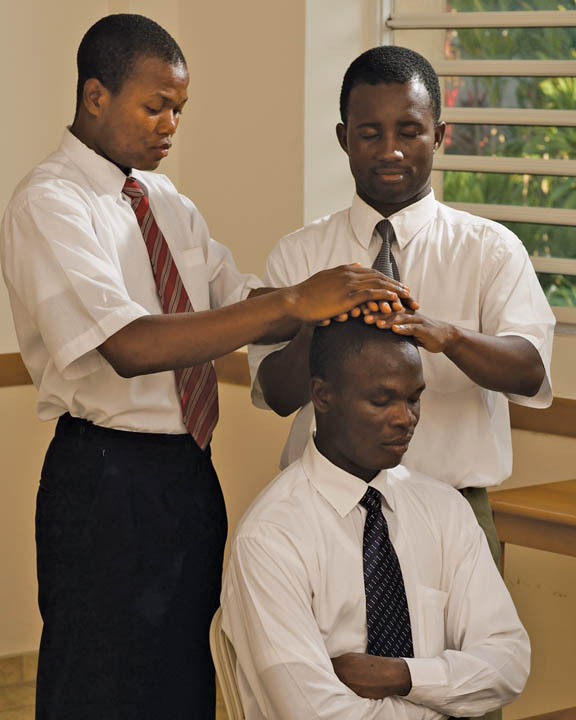 The Stake president is (a position similar to an Archbishop) the person directly responsible for all members of the Melchizedek Priesthood Quorum. He has a special responsibility to supervise their activities of the Church in supporting units of the Church called a Stake, which is similar to a Parish or Archdiocese. A Stake usually consists of about eight congregations or wards; however this is not a hard or fast rule. A stake can consist of more or fewer congregations. However, in each ward or branch the High Priests will usually have a group leader who may also have several assistants or counselors.
The Stake president is (a position similar to an Archbishop) the person directly responsible for all members of the Melchizedek Priesthood Quorum. He has a special responsibility to supervise their activities of the Church in supporting units of the Church called a Stake, which is similar to a Parish or Archdiocese. A Stake usually consists of about eight congregations or wards; however this is not a hard or fast rule. A stake can consist of more or fewer congregations. However, in each ward or branch the High Priests will usually have a group leader who may also have several assistants or counselors.
A Bishop is a job that typically last for 5 years and is similar to a pastor in other churches, although the position is on a voluntary basis and without remuneration. A Bishop presides over a congregation called a Ward. A smaller congregation may be called a branch and is presided over by a Branch President, who in turn is presided over by a Mission President. Even though a branch president carries out the duties of a Bishop on a smaller size congregation, he may or may not be a High Priest. Once a Bishop is released from his position, he becomes a part of the High Priest’s Quorum.
There is no guaranteed upward movement in LDS church callings, as service in the Church is like a circle, not an upward slope. Nor are there special reverential terms used among Mormons. Though the office of “Elder” is the first in the Melchizedek Priesthood, apostles and prophets of the Church are still called Elders.
Each office in the priesthood has duties, responsibilities and obligations as outlined by the Lord, and these responsibilities encompass all the administrations of the Church of Jesus Christ, including overseeing auxiliary organizations designed to serve women and children. But the whole is designed to uplift and support families. Priesthood duties focus on healing, uplifting, and offering service to individuals and families in the Church.
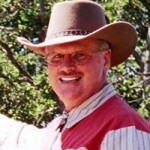 Mel Borup Chandler is a member of The Church of Jesus Christ of Latter-day Saints (“Mormon”). He currently works in real estate investment and property management with his wife Sandra.
Mel Borup Chandler is a member of The Church of Jesus Christ of Latter-day Saints (“Mormon”). He currently works in real estate investment and property management with his wife Sandra.
